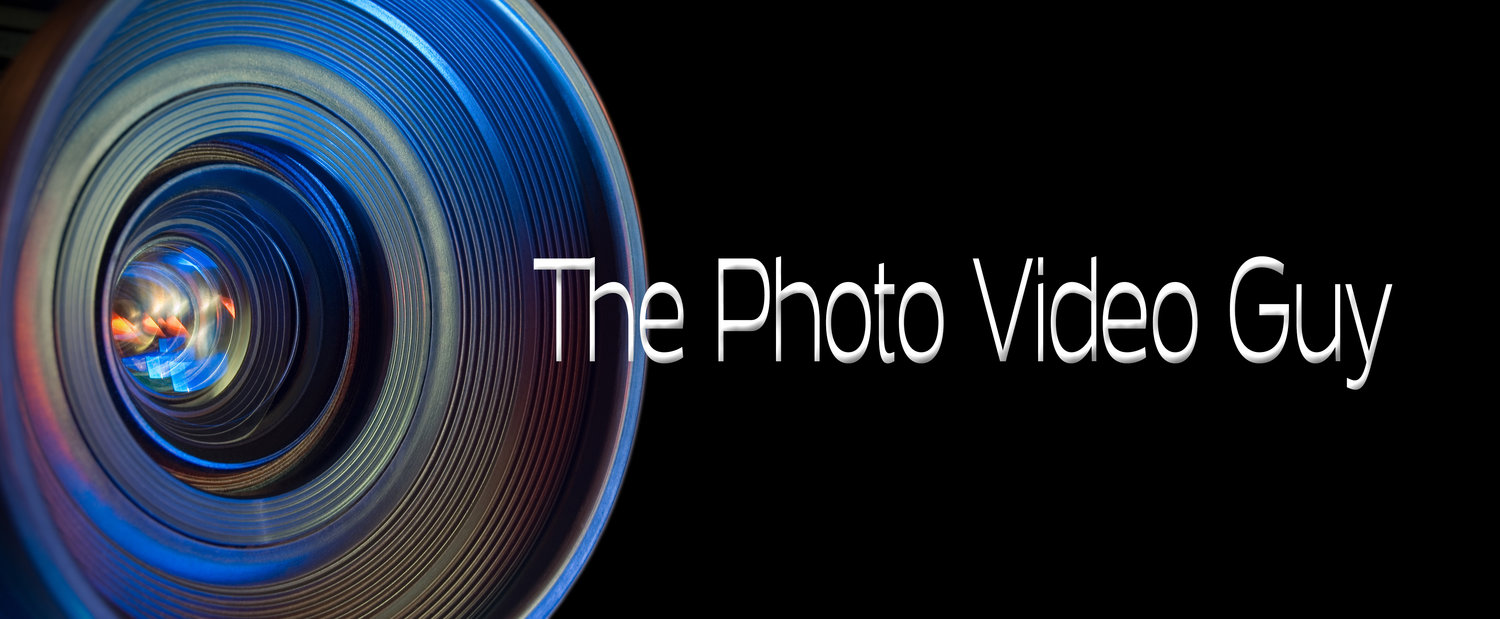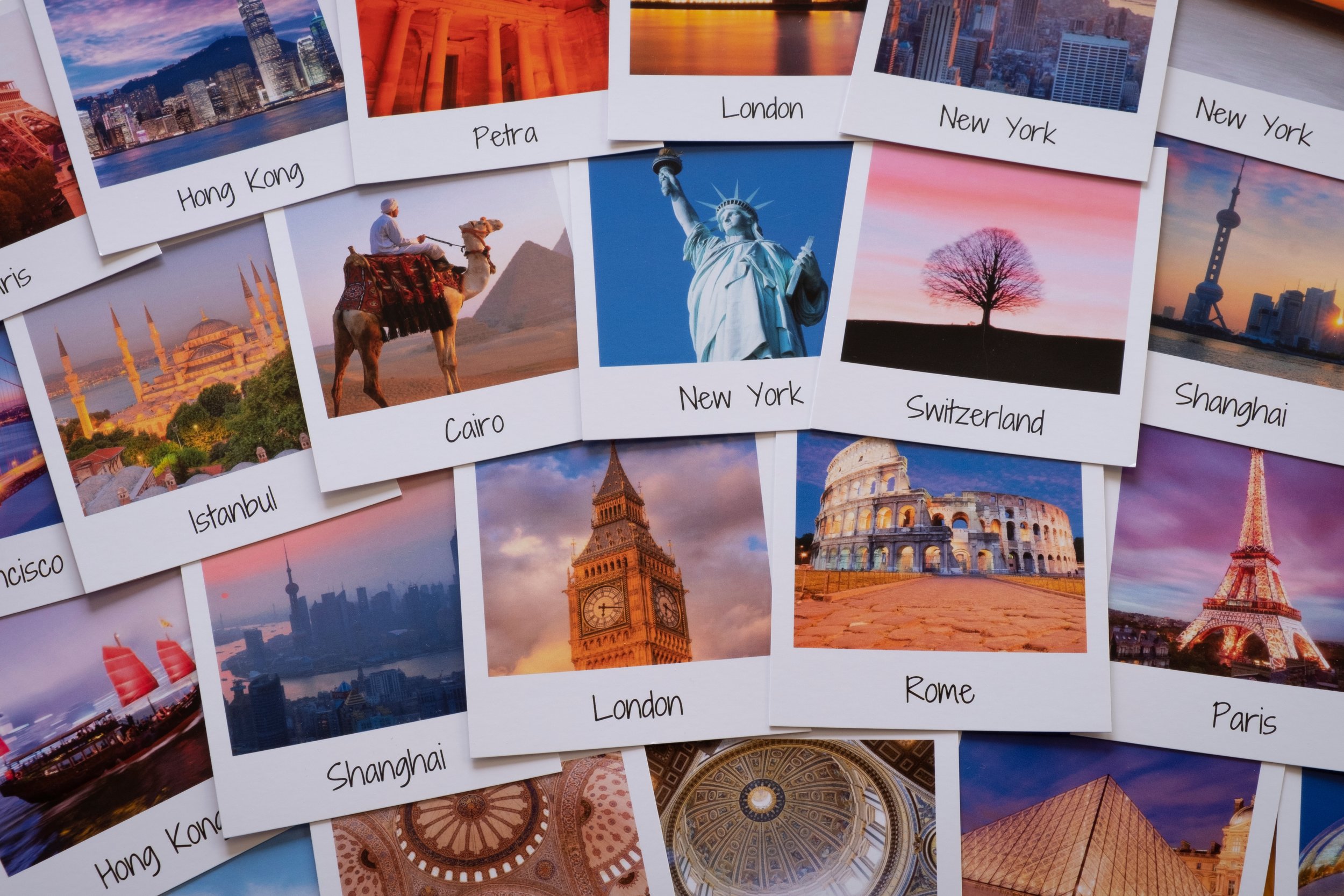The Two Kinds of Travel Photography
/Hi folks,
Any of us who have travelled and taken a camera while doing so understand that there are fundamentally two different kinds of travel photography.
The first is most common. You visit somewhere with friends, family or on your own, where making photographs is not your primary intent. It may in fact be an afterthought. Making time for dedicated photography on such trips can be challenging, because those with you, who are not at the same level of enthusiasm or commitment will quickly tire of your image making and become impatiend, perhaps become annoyed, and may result in negative behaviour. If you have ever experienced this, you know of what I speak.
For this kind of travel photography, keep things simple. One camera with a very flexible lens is typically all that you require, and maybe you put a small flash in your pocket. There are no camera bags, no selection of gear and definitely no tripods. In times past, small sensor point and shoots with good zooms were the way to go, but they have mostly died out. You can still find superb pocket type cameras with incredible glass and one inch sensors that make stellar images such as the Sony RX-100 but while awesome and highly recommended by myself, they are not inexpensive. If this is the kind of travel that you do, this is your best option, but the most common option is your smartphone.
I was recently told that the current crop of iPhone Pro Max units had adjustable apertures. As I do not own one, I took this claim as true. Then I checked. iPhones all have a fixed aperture of f/1.8 but use computational photography to create the illusion of increased depth of field in software via a setting in the Portrait mode. Perhaps useful, but NOT a variable aperture at all. Does this mean that they are not suitable? If you like what you get, that’s all that matters. If you don’t, then get an RX-100
The second kind of travel photography is where photography is the primary intent. You are going to a place for the purpose of making images, and all the other stuff is ancillary and supports your quest. Unless you are travelling with another, or other photographers with the same goal, this is very much a go it alone activity. You will spend as much time as you wish in whatever places making images. You may be up before dawn, out long after sunrise and breakfast, lunch, dinner are all things that get shuffled around to suit your photographic work. For some, this kind of travel is the only kind of travel that interests them. It is what suits me best.
I typically recommend going as lightweight as you can and not to look like a photographer because that makes you a target for theft. I’ve had gear stolen while travelling and it’s not fun. Get rid of anything that has a logo on it, and use gaffer tape to cover any logos on gear and to make it look like crap. Remember that what is light and portable in the morning gains a lot of weight and size after a long day. I tend to take a body, ultra wide, 28-300 and of course a flash, a polarizer and a travel tripod for most travel. If I am going on a safari, I might want a longer lens, but experience tells me that you can save a lot of money on glass but hiring a good guide.
In fact when going someplace new to you, it can pay off to find a photographic guide that you can hire on your location. They will know what works, what doesn’t, where to go and where not to go. They will also know the local culture, customs and the language. Contrary to what I have seen over the years in places where English is not the first language, shouting really slowly does not work with the local folks.
Carry your ID, and your money inside a secure pouch inside your clothing. Keep nothing in your camera bag or backpack that cannot be replaced easily. I have had students tell me that when travelling in Brazil, their brightly labeled photo backpack was yanked backwards, and the straps slashed and the thieves were gone. Trust me, you do not want to be trying to file a police report where you and the officer are not able to communicate in the same language.
Also be aware of when tourist season is. Thieves know and gather in work teams during tourist season because they know that the pickings will be easy. When you are on your own, you have better control of your situational awareness. A tag team will often have one person distract you while the other takes your stuff.
If you are on a cruise and doing a day trip in port, you may as well paint a giant target on your back. Go minimal and be aware of what’s around you. In different parts of the world where we travel, that camera may be worth more than some folks earn over the course of several years.
My goal is not to frighten you away, but to encourage planning and intelligence when you travel for the purpose of photography. Your focus will be on your work and you may end up in places that you should not be in. For example, I used to enjoy photowalking in San Francisco, but I would not do it these days. Too many photographers have been robbed and attacked. Plan and learn about what’s happening in your destination.
It’s also a good idea when doing this kind of travel photography to do your research up front and plan your shoots. The less random you are, the more likely you will be to get the images that you hoped for.
Travel photography with intent is wonderful. We make better photos by taking the camera to interesting places.
Please become a member on Patreon to help support this channel. A big thanks to all the existing Patreon members! Send in comments or questions, I read and respond to all. If you shop with B&H Photo Video, please use the link on the main page as it pays me a small commission and does not cost you anything to do so. Thanks again and we will see each other again soon.











